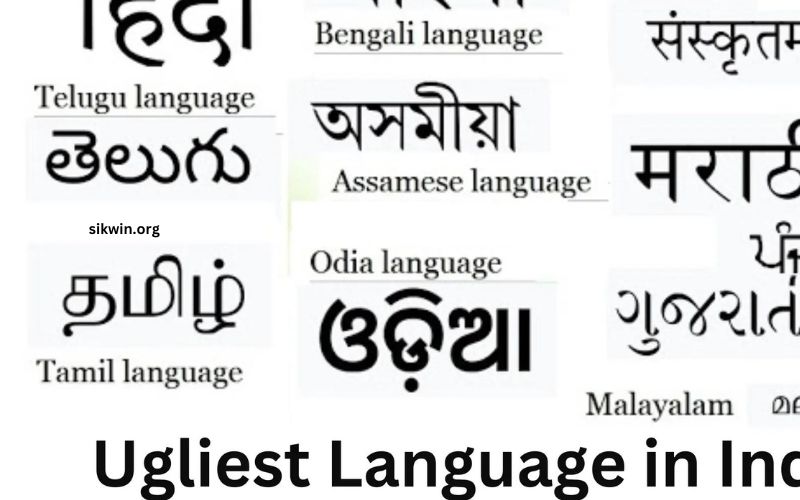It’s important to note that discussing the “ugliest” language in India, or anywhere else for that matter, is highly subjective and potentially contentious. Language is deeply intertwined with culture, identity, and history, and perceptions of beauty or ugliness in language are often influenced by personal biases, societal norms, and linguistic diversity. In this article, we’ll explore the complexities and nuances of language perception in India, highlighting the diversity and richness of its linguistic landscape rather than attempting to rank languages based on subjective criteria.
Introduction: The Diversity of Indian Languages
India is known for its incredible linguistic diversity, with over 1,600 languages and dialects spoken across the country. This linguistic richness reflects the complex tapestry of India’s history, geography, and cultural heritage. The Constitution of India recognizes 22 languages as scheduled languages, each with its own script and literary tradition. These include languages like Hindi, Bengali, Tamil, Telugu, Marathi, Gujarati, Punjabi, and many others.
Language and Identity
Language in India is deeply tied to cultural identity and community pride. For many people, their language is not just a means of communication but a symbol of their heritage and belonging. This emotional connection can shape perceptions of beauty or ugliness in language, making any attempt to label a language as “ugly” inherently problematic and insensitive.
Perceptions of Beauty in Language
The concept of beauty in language is highly subjective and varies widely from person to person. Some might find the rhythmic tones of South Indian languages like Tamil or Telugu melodious and pleasing to the ear, while others might appreciate the lyrical quality of languages like Bengali or Marathi. On the other hand, languages with more guttural sounds or complex phonetics, such as Kashmiri or Kannada, might be perceived differently by different individuals.
Societal and Historical Influences
Historical and societal factors also play a significant role in shaping perceptions of language. Languages that have historically been marginalized or oppressed may be unfairly stigmatized as “ugly” by dominant cultural groups. For example, tribal languages or dialects spoken by marginalized communities might face discrimination and negative stereotypes, impacting how they are perceived by the broader society.
Linguistic Diversity as a Strength
Rather than focusing on notions of beauty or ugliness, it is more productive to celebrate the diversity and richness of Indian languages. Each language carries its own unique history, literature, and cultural nuances, contributing to India’s multicultural tapestry. Languages evolve and adapt over time, reflecting the dynamic nature of Indian society and its people.
Challenges and Preservation Efforts
Despite the richness of its linguistic heritage, India also faces challenges related to language preservation and revitalization. Globalization, urbanization, and the dominance of major languages like Hindi and English pose threats to smaller languages and dialects. Efforts are underway by linguists, scholars, and community activists to document, preserve, and promote endangered languages, recognizing their cultural and historical significance.
Conclusion
In conclusion, the idea of labeling any language as the “ugliest” in India—or anywhere else—is not only subjective but also insensitive to the cultural and historical contexts in which languages thrive. Instead of perpetuating stereotypes or divisive comparisons, we should celebrate the linguistic diversity of India as a source of cultural richness and national pride. Every language has its own intrinsic beauty and value, deserving of respect and recognition within the broader mosaic of India’s linguistic landscape.
By fostering an appreciation for linguistic diversity and supporting efforts to preserve and promote all languages, we can contribute to a more inclusive and harmonious society where every language and its speakers are valued. This approach not only enriches our understanding of India’s cultural heritage but also strengthens our commitment to linguistic justice and equality for all.




